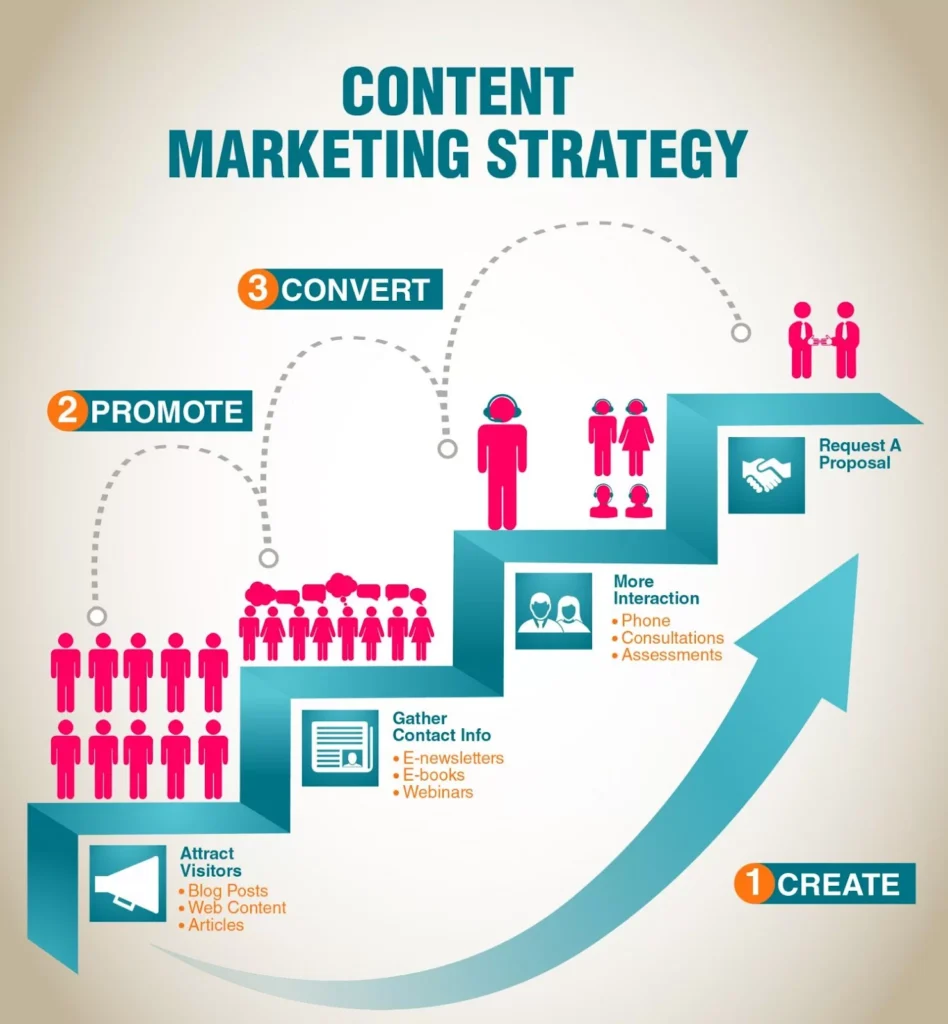WEB DEVELOPMENT
INTRODUCTION
In today’s digital landscape, a website isn’t just an online presence—it’s a crucial asset for businesses aiming for success. Acting as a global storefront, it connects enterprises with customers worldwide, offering accessibility and convenience unmatched by traditional brick-and-mortar establishments. The significance of website development cannot be overstated; a well-designed site serves as a powerful marketing tool, transcending geographical boundaries and driving revenue growth. Moreover, it fosters strong customer relationships, encourages brand loyalty, and secures repeat business. Central to effective website development is prioritizing user experience (UX), ensuring seamless navigation, and engaging design elements that drive user satisfaction and conversions. From meticulous planning to rigorous testing, the website development process encompasses defining purpose, targeting audiences, designing layouts, coding, and launching—all with the aim of delivering an exceptional online experience.

This comprehensive guide will explore the intricacies of website development, offering valuable insights and practical strategies for businesses. We’ll delve into coding techniques, design methodologies, content management strategies, and robust security measures. Additionally, we’ll emphasize the importance of user experience and engagement, providing expert tips for captivating audiences and driving repeat traffic. Whether you’re establishing your online presence or enhancing an existing website, this guide will empower you to create and maintain effective websites that resonate with your audience and drive business success.
CODING aND DEVELOPMENT
In this section, we’ll explore the key components of coding and development in web development. Various programming languages and technologies, including HTML, CSS, JavaScript, and PHP, are utilized to create dynamic and interactive web pages. These tools enable developers to craft engaging online experiences for users.
The development lifecycle of a website typically follows a structured process, including planning, design, development, testing, and deployment. Throughout this process, version control systems like Git are invaluable, allowing developers to manage and track changes to the codebase efficiently. This fosters collaboration among team members and facilitates easy rollback to previous versions if necessary.

Optimizing code is essential for enhancing website performance. Developers employ techniques such as minification, compression, and caching to streamline code files and improve page load times. By prioritizing code optimization, websites can deliver faster loading speeds and improved responsiveness, ultimately enhancing the overall user experience.
WEBSITE ANALYTICS TOOLS AND DESIGN TECHNIQUES
Website analytics tools and design techniques are indispensable for crafting a user-friendly and captivating website that aligns with your business objectives. Analytics tools provide valuable insights into website traffic, user behavior, and conversion rates, empowering you to optimize the user experience and make informed decisions. Popular options like Google Analytics, Adobe Analytics, and Clicky offer robust features tailored to different business needs.
In tandem with analytics, employing effective design techniques is crucial for enhancing user engagement. A visually appealing layout, intuitive navigation, and consistency with brand identity are paramount. Prioritizing user experience involves ensuring readability with clear fonts and ample white space, integrating multimedia for visual interest, and optimizing responsiveness across devices. Consistent design elements, clear calls to action, and user testing for feedback further refine the website’s effectiveness.
STRATEGIES FOR EFFECTIVE CONTENT MANAGEMENT
1. Content Calendar Organization:
Develop a well-structured content calendar to ensure the consistent publishing of new content. Consider factors like topics, target audience, content format (e.g., blog post, infographic, video), and scheduled publication dates.
2. Search Engine Optimization (SEO):
Prioritize SEO techniques to enhance your website’s visibility to potential visitors. Focus on incorporating relevant keywords throughout your content, creating high-quality and engaging content, and building backlinks from reputable websites.
3. Engaging Content Creation:
Generate high-quality and engaging content tailored to your target audience. Ensure the content is relevant, well-written, visually appealing, and shareable on social media platforms.
4. Promotion through Social Media and Email Marketing:
Utilize social media and email marketing to promote your content and drive traffic to your website. Share content on relevant social media platforms, engage with followers, run social media ads, and maintain a targeted email list while sending personalized emails with valuable content.
5. Analyzing Website Traffic and User Behavior:
Regularly analyze website traffic and user behavior to evaluate the success of your content marketing efforts. Key metrics to track include website traffic, page views, bounce rate, time on site, and conversion rate. Use this data to identify successful content and areas for improvement.
By implementing these refined strategies, businesses can develop a successful content management plan that effectively attracts and retains website visitors, ultimately driving toward achieving their business goals.

WEBSITE SECURITY MEASURES:PROTECTING DATA AND PRIVACY
1. Encouraging Strong Passwords: Utilize complex combinations of characters and enforce regular password changes to mitigate the risks of unauthorized access.
2. Employing Two-Factor Authentication (2FA): Add an extra layer of security through verification steps beyond passwords to significantly reduce the risk of account compromise.
3. Choosing a Secure Hosting Provider: Opt for providers that offer robust security features, regular audits, and data backups to effectively counter cyber threats.
4. Regular Software Updates: Stay proactive in installing software updates and security patches promptly to address vulnerabilities and minimize exploitation risks.
5. Employee and User Education: Conduct regular training sessions to raise awareness about cybersecurity threats and promote best practices, thus reducing the risk of human errors and insider threats.

CONCLUSION
In summary, website development encompasses various disciplines, including coding, analytics, design, and content management, all aimed at creating a user-friendly and effective site. Analytics tools offer insights that help optimize the user experience, while design techniques boost user engagement. Content management strategies draw and keep visitors through regular updates and SEO practices. Prioritizing website security is crucial for protecting data and maintaining trust. By staying informed and focusing on user experience, businesses can develop successful websites that foster growth and loyalty.
